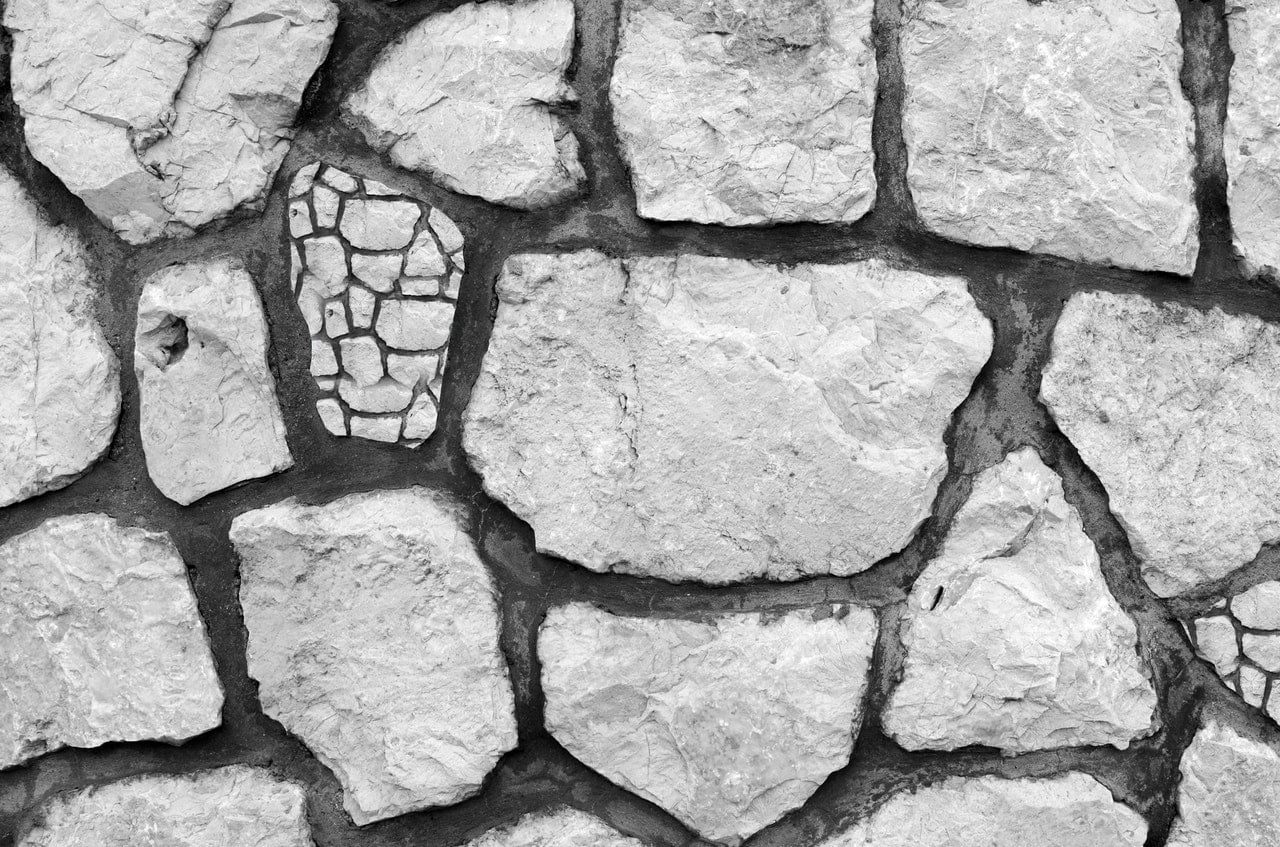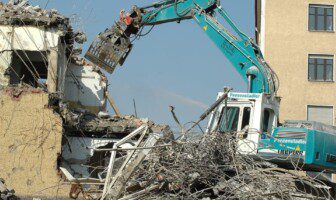
Polyvinyl chloride is a versatile and economical material used widely in various industries such as construction, healthcare, automobiles, and electronics and electrical industry.
The PVC market is currently growing at a CAGR of 4.7% and is projected to be worth $46.6 billion by the end of 2022. The growth in the PVC sector is intrinsically dependent on the construction sector, infrastructure industry, and the electrical and electronics sector. The consumer sector is currently lukewarm toward PVC products due to a global slowdown.
The construction sector is the consumer for approximately 62% of the PVC variants produced globally. PVC has the edge over other alternatives due to its high heat resistance, toughness, durability, chemical resistance, lightweight, and lower carbon footprint.
PVC and Construction Sector: Backdrop
For over 60 years now, PVC has been a vital component for construction activities. Pipes, conduits, flooring elements, roofing solutions, window structures, light structures, and inflatable structures are the major PVC products that are used in construction.
- Pipes and Conduits: As compared to conventional pipe manufacturing materials, PVC is lightweight, economical, and provides maintenance-free, safe, and cost-effective utility. Buried PVC pipes may last as long as a hundred years. Pipes and conduits are majorly used for setting up drainage facilities, water supply, and waste portation.
- Flooring: Another PVC product that the construction industry has been using for over 50 years is PVC flooring. PVC flooring can be prepared in any color, are extremely durable, available in varying thickness, and are easily recyclable. Hence, PVC flooring is used widely across public and private buildings alike.
- Windows: PVC windows have an average lifespan of more than 35 years, which is significantly higher than most conventional alternative materials. In the UK alone, more than 85% of all windows installed in the previous 15 years are PVC windows.
- Light Fixtures: A growing number of light fixtures and cases are now using PVC. Since PVC is heat resistant and light, PVC light fixtures do not strain the holding infrastructure and last longer. Also, PVC is widely used to make web-like structures that are used to fit illumination systems.
- Inflatable Structures: Inflatable sofa sets, pools, mattresses are another application of PVC. These are used to replace conventional counterparts and are durable and more cost-effective than their alternatives.
- Roofing: A contemporary hit among interior designers, reinforced PVC roofing and tensile PVC roofing solutions are durable, cost-effective, and much lighter than the alternatives. A PVC roof has an average lifespan of over 30 years.
PVC in Residential and Commercial Infrastructure
The largest consumer regions of the PVC market are Asia-Pacific, North America, and western European nations, respectively. The Asia Pacific region has seen a significant rise in living conditions, agriculture, service industry, and at this moment is experiencing stronger demand for infrastructure and facilities.
PVC pipes, when buried, may last for approximately 100 years. In sewage management projects, where it is not possible to overhaul the system every few years, the durability of PVC pipes is the most appealing factor.
Catering to the needs of the Asia-Pacific region’s construction industry will significantly boost the PVC market in the near future. Demand from this region is considered the most active driving force to balance out the current oversupply in the PVC market.
PVC in Construction For Mining
The mining industry requires infrastructure that can withstand the extreme heat and duress situations particular to the mining sector. The mining equipment and infrastructure are required to withstand extreme heat conditions, immense load and strain, and chemicals of various kinds. PVC is the perfect solution for many of the mining industry’s requirements as it is chemical resistant, heat resistant, and can handle duress even in spite of being rather lightweight.
PVC pipes also have the signature flexibility and high impact strength required to sustain in slurry lines against the constant threat of abrasion. Other PVC products like mining helmets, boots, hoses, wire casings, etc. are also widely used in mining.
The mining industry is set to see a boost due to the consistent profit miners have gathered, a higher amount of investments, and an increase in demand. It is evident that the mining infrastructure is due to be expanded to enhance capabilities. PVC market is set to receive significant profits owing to infrastructure enhancements in mining.
PVC in Construction of Research Facilities
Research facilities deal with harmful chemicals and biological agents every day. While PVC is widely used to manufacture experiment equipment, quarantine infrastructure, and general infrastructure; the most critical application of PVC products is in the waste disposal system.
With the increasing focus on sustainable development and eco-friendly initiatives, research facilities also are focussing on implementing a cost-effective and durable infrastructure that can minimize risk to the facility’s surrounding ecosystem.
PVC products come as a natural choice in such cases, and with more research facilities getting the appropriate funding, the PVC market is bound to see strong demand from this section as well.
Furthermore, PVC pipes are chemical resistant which enables them to sustain even when subjected to the corroding chemicals present in the sewage. As more residential and commercial infrastructure projects begin, corresponding sewage management and treatment projects will contribute a significant amount to their PVC products’ demand.
Conclusion
It is safe to say that in the coming years, the current oversupply of PVC products will be considerably offset by the surging demand across various sectors of the construction and infrastructure industry. The most notable chunk of this demand will come from the Asia-Pacific region where most of the developing nations are making efforts toward improving infrastructure and facilities.
Read Also:
































